We think that the bigger the brain, the more developed the consciousness. Humanity prides itself over the rest of the animal kingdom for having larger brains, but neuroscientist Michael Gazzaniga and his colleague Bridget Queenan explore cases of people living full lives with shockingly little brain matter. Challenging the “more is better” bias, they suggest consciousness may be less about structures, and more about harmony and improvisation.
In 2007, a strange headline made its way around the world: the mysterious case of the white-collar worker “without a brain.” On the outside, a normal 44-year-old: employed, married, with two children and an acceptable IQ. On the inside, a gaping fluid-filled cavity where a brain would normally be. There was a hole in this story: How can a person lead a full and functional life while missing most of their brain?
SUGGESTED VIEWING Consciousness beyond the brain With Rupert Sheldrake
These days, headlines feature a different white-collar worker “without a brain”: the AI systems writing emails, book reports, and manuscripts in schools and offices worldwide. Now we have another hole in our story: How can a person lead a full and functional professional life without using their brain?
Both developments challenge our already fragile definitions of “consciousness.” It may be time for a new approach to brains and “consciousness”—as the music of the mind.
Long as she got a dime the music will never stop
The case of the missing brain is rare, but not unique. A 2013 case reported a 60-year-old missing the back of her brain. Again, normal on the outside: employed until recently, married, with one child and the ability to live alone. Inside, a cavity where the cortex should be. A 2018 case reported a 60-year-old, unmarried and unemployed, but active in a band and a choir, with his head full of fluid and only a thin sheet of cortex. A 2021 case reported a 72-year-old living independently, again largely without what we might recognize as “a brain.” Even rats got in on the action: R222 lived well into adulthood, performing well in lab-rat escapades despite a hollowed-out brain.
Collectively, these findings suggest that the human (and rat!) brain is considerably more plastic than expected. If you were born with bones or muscles half the expected size, or a quarter, or a tenth, you wouldn’t carry on unimpeded. If you were born with a tenth of your liver, we’d have a problem. Yet, somehow, the human brain can rise to the occasion—at a performance review, a brain can pass inspection; only after imaging, do we see it’s just 3 owls in a trench coat.
___
We have assumed for several centuries that it’s the brain part of the nervous system that does the thinking, the working, the talking, and the living.
___
Now, if you are born with no cortex (hydranencephaly), things look bleak. But apparently you can get by on a lot less cortex than we thought (ventriculomegaly). When it comes to the developing human brain, you might not need the whole dollar—if you’ve got a dime, you can keep the jukebox jumping.
It’s such a sight to see somebody steal the show
“No-brainer” stories make headlines for three reasons:









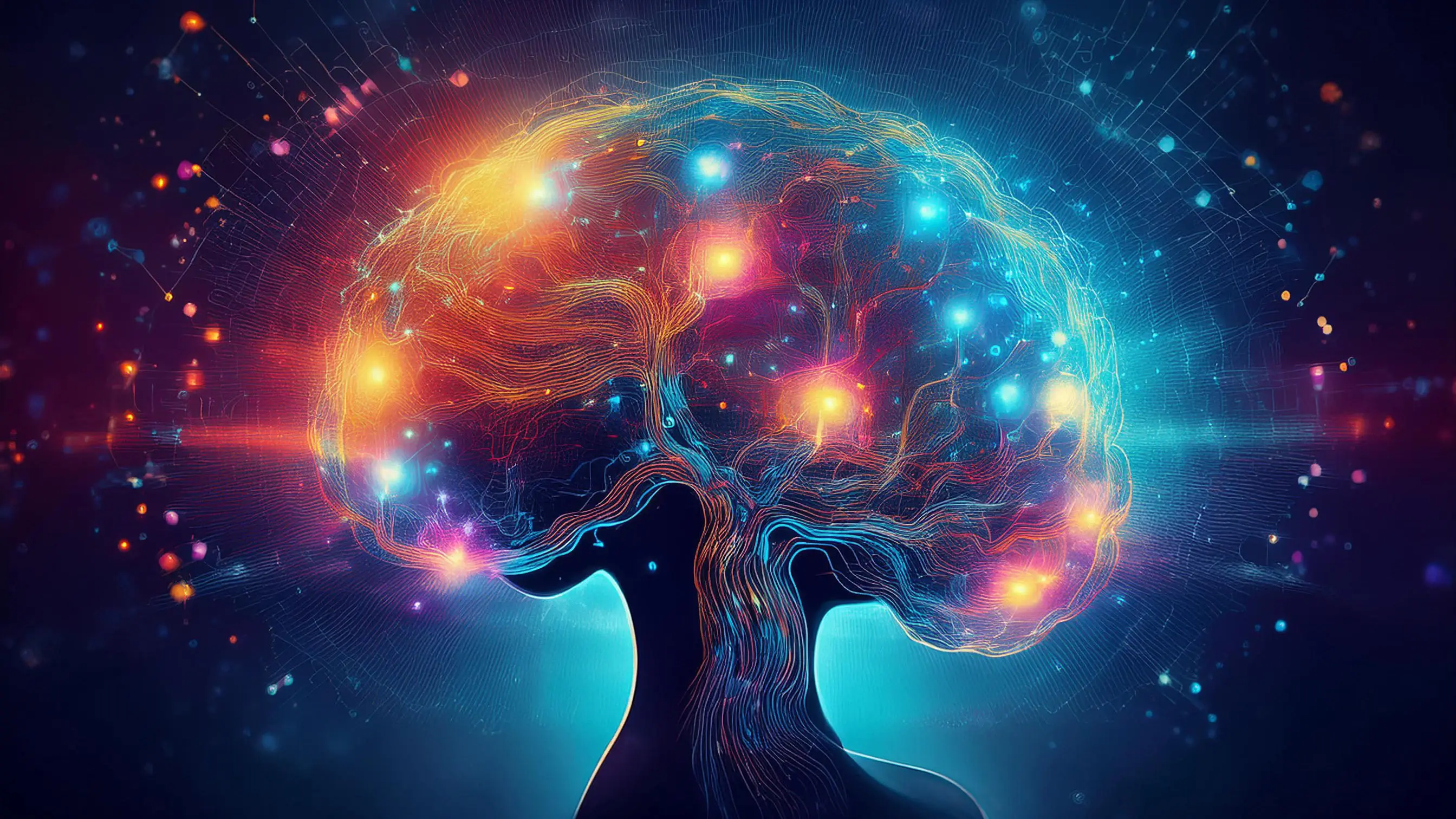

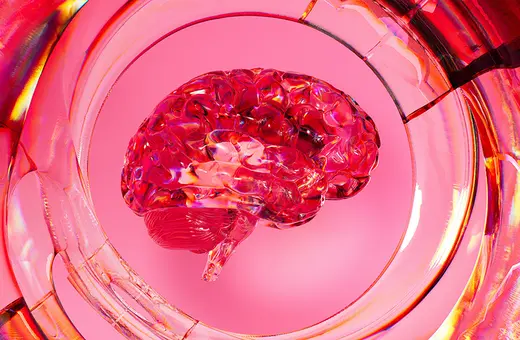


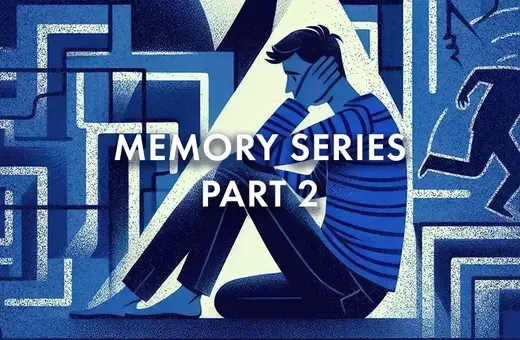



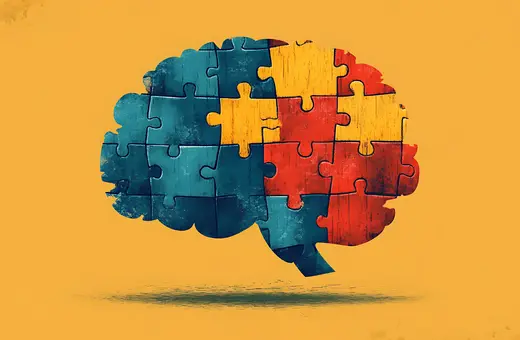
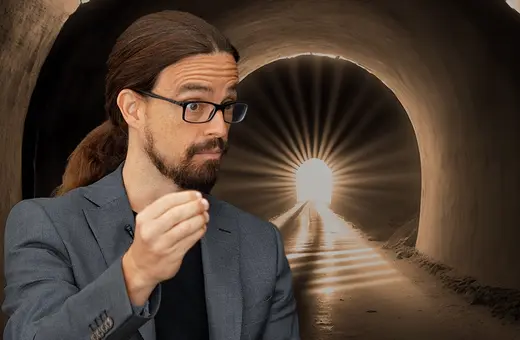


Join the conversation